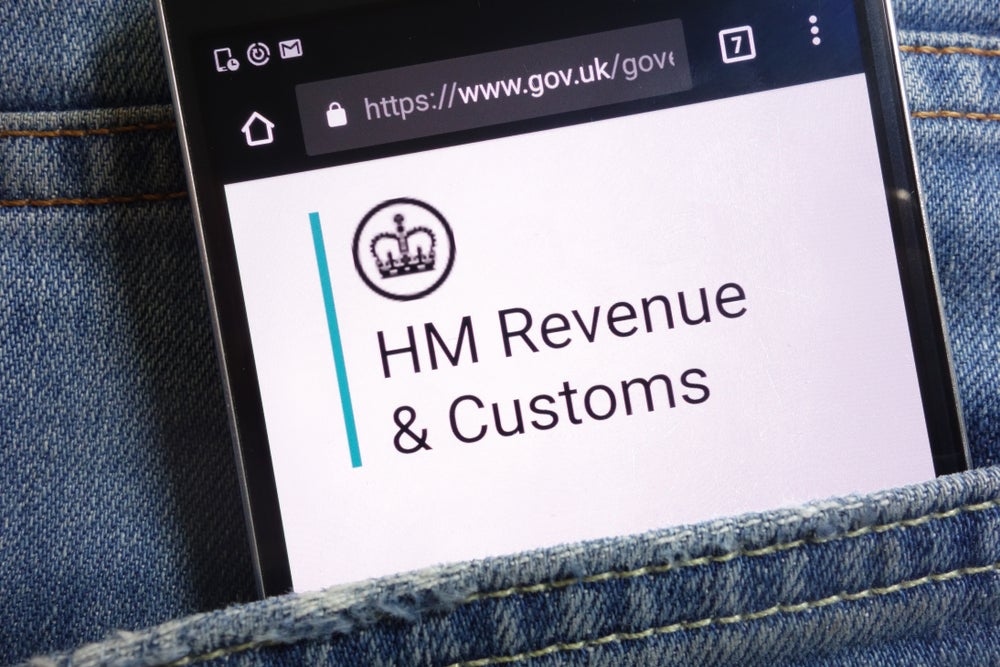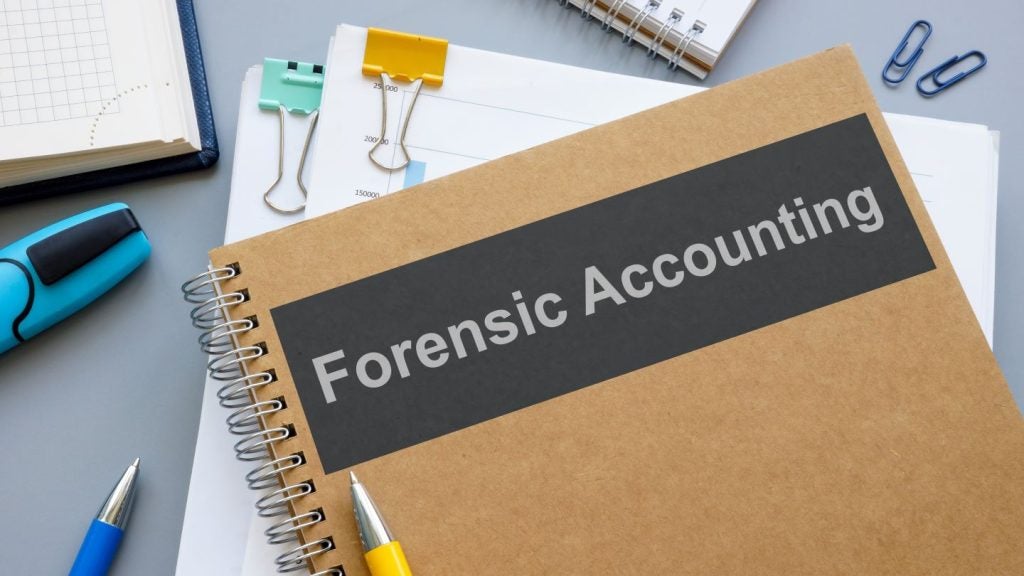
Tax experts at SJD Accountancy have shared a checklist of all the tax changes set to impact the 4.3m people registered as self-employed in the UK from April 2023
With around 4.3m people registered as self-employed in the UK, tax experts at SJD Accountancy are urging freelancers, contractors and business owners to be proactive in their approach to tax planning so they are on the front foot with operating in the most tax-efficient way possible.

Access deeper industry intelligence
Experience unmatched clarity with a single platform that combines unique data, AI, and human expertise.
SJD Accountancy Technical Compliance Manager Joanne Thorne offers guidance to the self-employed:
“It is absolutely vital that the self-employed are aware of the ways in which they can be as tax efficient as possible. With the cost of living crisis and rising overheads making it challenging for many businesses to thrive in the current climate, being aware of the new tax changes is a great place to start.
Changes to Corporation Tax:
“For those operating through a Limited Company, the main tax rate will rise from 19-25% from April 2023, but this will differ according to the individual company’s profit for that year.

US Tariffs are shifting - will you react or anticipate?
Don’t let policy changes catch you off guard. Stay proactive with real-time data and expert analysis.
By GlobalData“The full 25% will only apply to companies with a qualifying profit of more than £250,000 and the rate for small businesses will remain at 19% for those with a qualifying annual profit of more than £50,000.
“For those small businesses who have profits higher than £50,000 ($62,344) (lower limit) and £250,000 (upper limit), the government has introduced Marginal Relief, providing a seemingly gradual increase in The Corporation Tax rate between the small profits rate (19%) and the main rate (25%) from April 2023 to help lessen the impact on smaller businesses.
“The reality is however, that profit over £50k and less than £250k will actually be taxed at a marginal rate of 26.5%, which aims to bring the overall profit in line with the 25% rate.
Dividend tax changes
“6 April 2023 marks a reduction to the tax free allowance for dividend payments which sees the current tax-free allowance being halved from £2,000 to £1,000. This allowance will halve again to £500 in April 2024.”
Income Tax Relief
“The rate of income tax will remain frozen until April 2028, applying to the personal tax allowance of £12,570 and the higher rate income tax threshold of £50,270. The Chancellor did opt to lower the £150,000 threshold at which taxpayers start paying the additional rate of income tax (45%) to £125,140.
“National Insurance Contributions upper earnings and profits limit have also been frozen until 2028.
“This update may mean that those fortunate enough to earn more income over the coming years may incur higher tax rates sooner than anticipated, so it’s worth being aware of how this will impact you when planning ahead.
VAT threshold frozen
“The VAT threshold of £85,000 will be maintained until 1 April 2026, meaning anyone who is increasing prices to help absorb the rising cost of materials and services may need to register for VAT sooner than expected.
Changes to pension contributions
“From 6 April 2023, the standard annual pension allowance will rise from £40,000 to £60,000 with the lifetime allowance charge being removed altogether.
“Pension contributions are a key tax-deductible benefit for the self-employed and provide immediate tax relief by increasing thew amount of money you can earn before tax, while also helping business owners plan for the future.”
SJD Accountancy offer a range of support and advice for the self-employed community on their resource hub.






